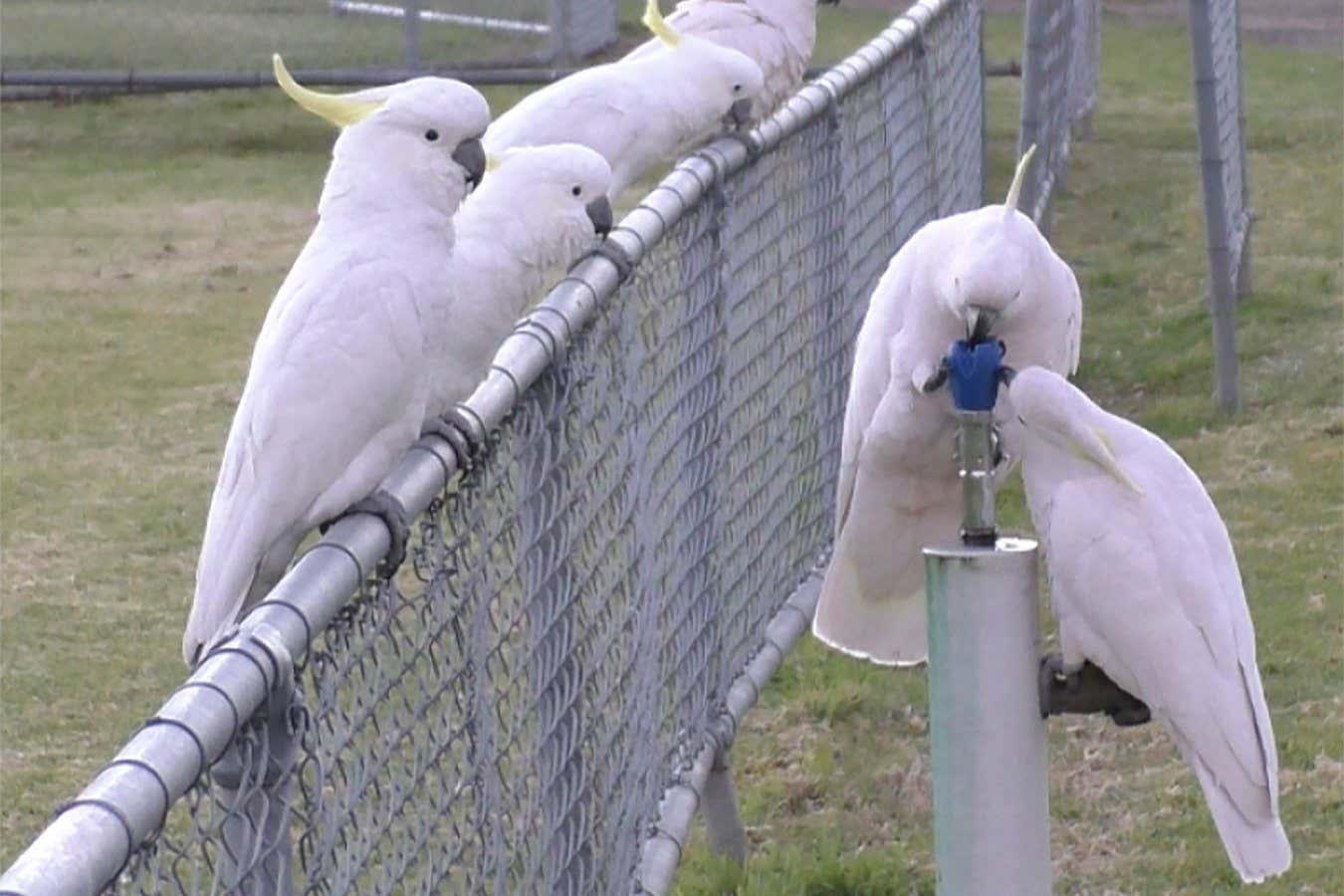Cockatoos in Sydney, Australia, have learned to use public water sources when twisting a mango, despite how difficult they are for birds to operate. It seems to be a behavior that copies with each other.
Surnur Cacatúas (Galeita Cacatua) They have already learned to open waste in the east of Sydney, which leads to a battle of ingenuity as humans come with ways to maintain their closed containers and cacatúas again solve how to open them.
After Ranger reported the same type of cockoos who use sources to drink in western Sydney, Lucy app at the National University of Australia and its colleagues, the temporarily marked representation in color 24 of Cockates around a FISSAL source, and a film movie population of the population of the population and the cinematographic population of the cinematographic population of the movie the cinema of cinema de cinema de cinema de cinema de cinema de cinema de cinema de cinema of cinema population and cinematographic population, and the film population, and the popular and cinematographic population, and the film population, and filmed several populations. They are known in Australia.

Cockatoos using a source to drink in Sydney
Klump et al. 2025
For 44 days, Cockatoos made 525 attempts to use a particularly popular source. Of these, 105 attempts were for 17 or 24 marked birds. This suggests that around 70 percent of the population of more than 100 birds tried to use the source, researchers say.
In natural environments, the caratúas drink ponds or water collected in tree hollows near the chicken coop, but birds seem to be using the sources that are not in the fountains, says Applin. “They are using it in the morning and in the event, which we know -How -to -go -Box basically makes their daily consumption, after they get up and before they go to bed.”
The researchers saw queues of more than 10 birds waiting for their turn for a bubbling, the Althegh dominant birds jumped the fence.
Only 41 percent of the attempts observed ended in success, but drinking from the fountains is not a feat for a bird, says APLIN.
“Birds have to coordinate their body in a quite complex way,” she says. “They have to have one foot in the voice of the fountain to drink and then the handle has been crowded and hero down. Therefore, the birds will twist with their other foot. But they have to tilt their body to use Strikh Dongh they do not have and you do not have and Thiet and have no and Thyt. Turn. Then they turn their heads back from the water, while maintaining their body weight.”
She thinks that birds are copying the behavior with each other after an individual or few people resolved how to do it.
“This is a clear example of culture, novel behaviors that are transmitted socially, which could surprise many people who think that culture is a unique human characteristic,” says Christina Zdenek at the University of Queensland, Australia. “Its ability to innovate to access new food and water resources is one of the most impressive throughout the tree of life.”
Why are the Coatúas doing? APLIN suggests that it could be that water knows better than muddy pond water, or that they feel safer for the predators of thesis bubblers. Alternatively, it can be a fashion driven by the thirst for bird innovation.



